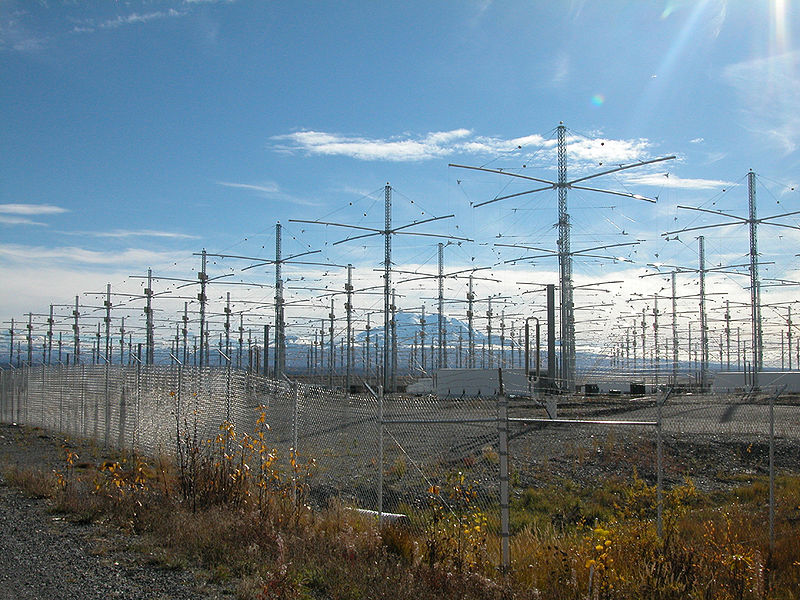(Source: Space Daily)
The Mechanically Based Antenna (AMEBA) program could enable radio communication through seawater and the ground. and directly between warfighters hundreds and ultimately thousands of kilometers apart.
Here’s something easy to forget when you are chatting on your cell phone or flipping channels on your smart TV: although wireless communication seems nothing short of magic, it is a brilliant, reality-anchored application of physics and engineering in which radio signals travel from a transmitter to a receiver in the form of electric and magnetic fields woven into fast-as-light electromagnetic waves.
That very same physics imposes some strict limits, including ones that frustrate the Department of Defense. Key among these is that radio frequency signals hit veritable and literal walls when they encounter materials like water, soil, and stone, which can block or otherwise ruin those radio signals. This is why scuba buddies rely on sign language and there are radio-dead zones inside tunnels and caves.
With his newly announced A Mechanically Based Antenna (AMEBA) effort, program manager Troy Olsson of DARPA’s Microsystems Technology Office is betting on a little-exploited aspect of electromagnetic physics that could expand wireless communication and data transfer into undersea, underground, and other settings where such capabilities essentially have been absent.
The basis for these potential new abilities are ultra-low-frequency (ULF) electromagnetic waves, ones between hundreds of hertz and 3 kilohertz (KHz), which can penetrate some distance into media like water, soil, rock, metal, and building materials.
A nearby band of very-low-frequency (VLF) signals (3 KHz to 30 KHz) opens additional communications possibilities because for these wavelengths the atmospheric corridor between the Earth’s surface and the ionosphere-the highest and electric-charge-rich portion of the upper atmosphere-behaves like a radio waveguide in which the signals can propagate halfway around the planet.
“If we are successful, scuba divers would be able to use a ULF channel for low bit-rate communications, like text messages, to communicate with each other or with nearby submarines, ships, relay buoys, UAVs, and ground-based assets, Through-ground communication with people in deep bunkers, mines, or caves could also become possible,” Olsson said. And because of that atmospheric waveguide effect, VLF systems might ultimately enable direct soldier-to-soldier text and voice communication across continents and oceans.


